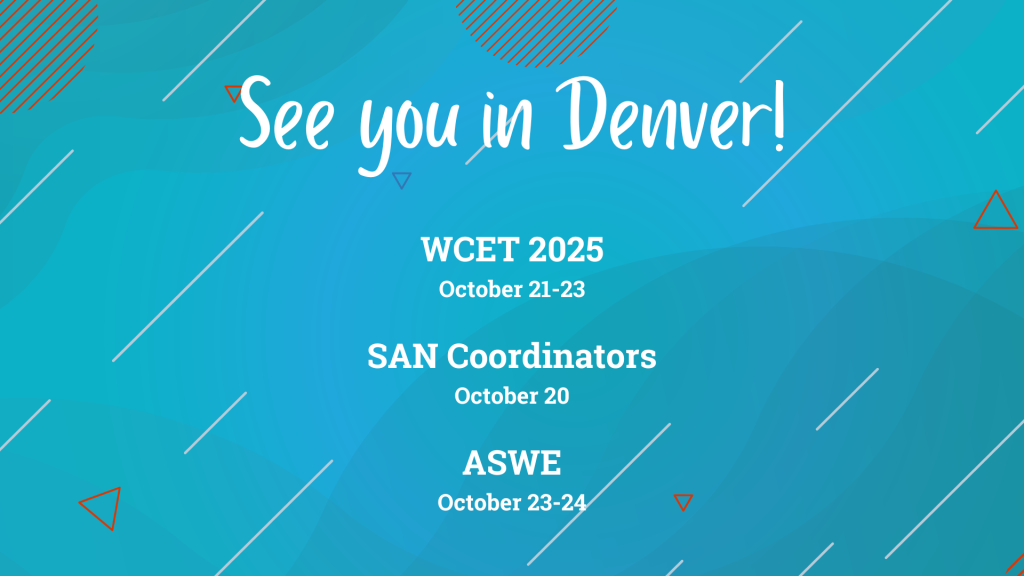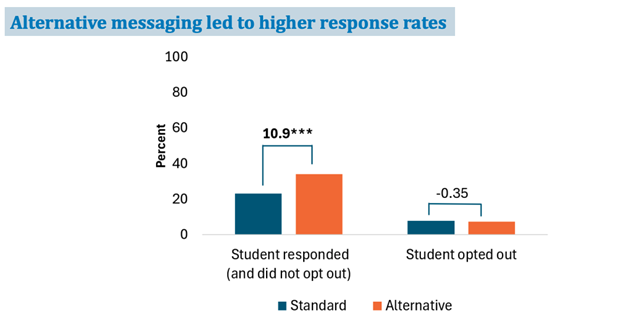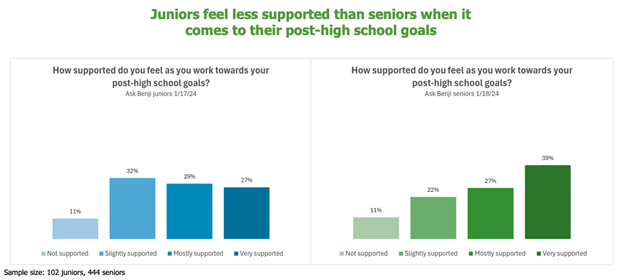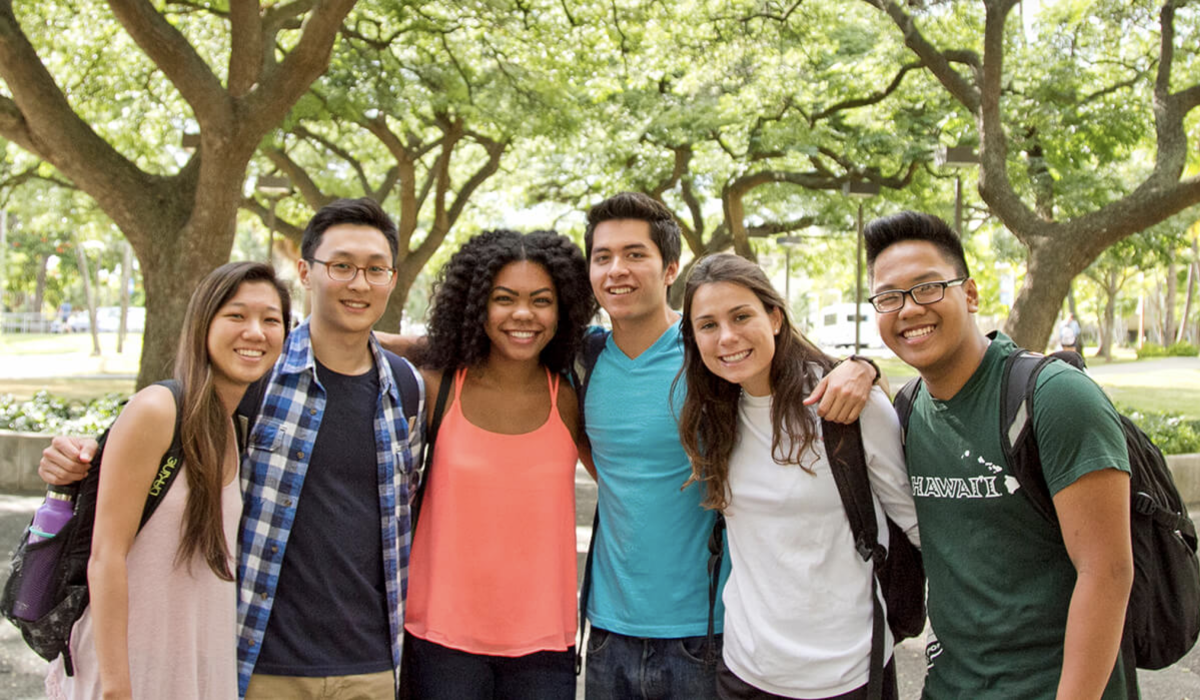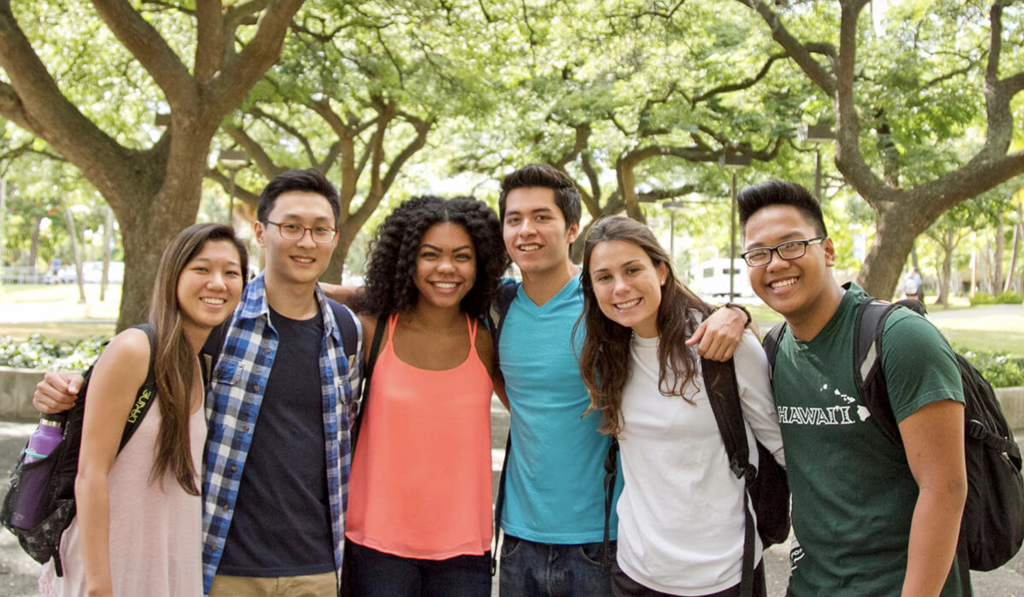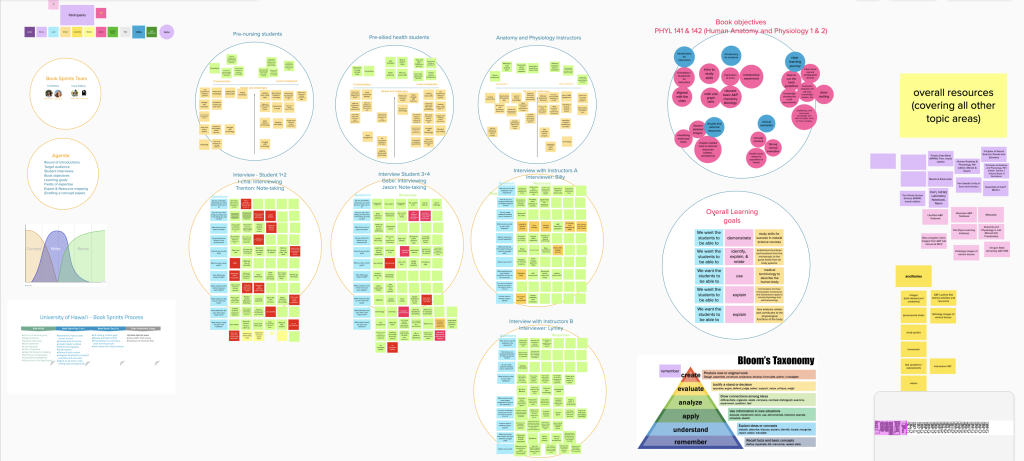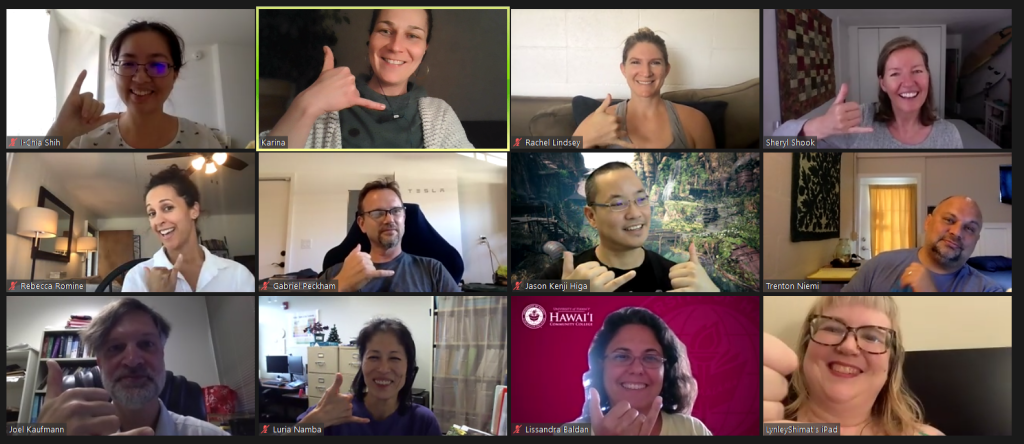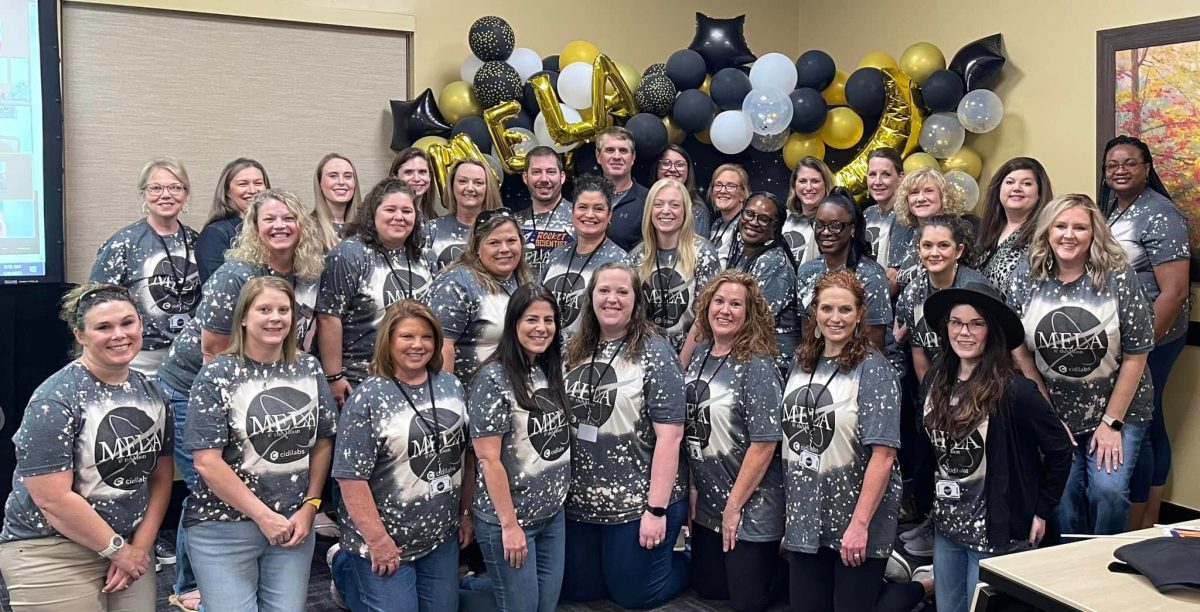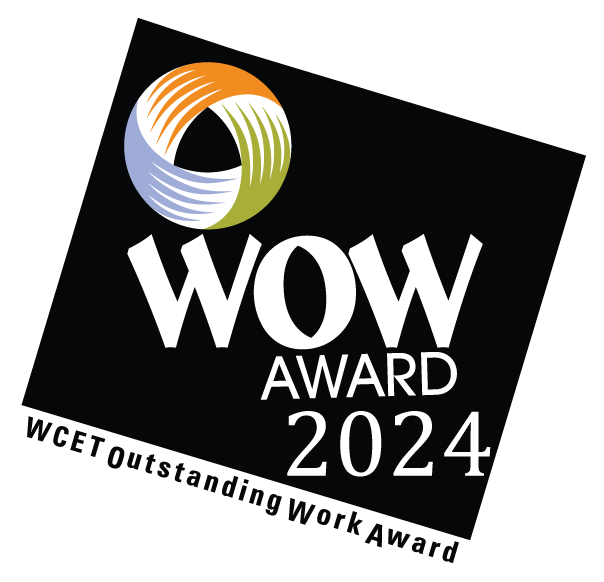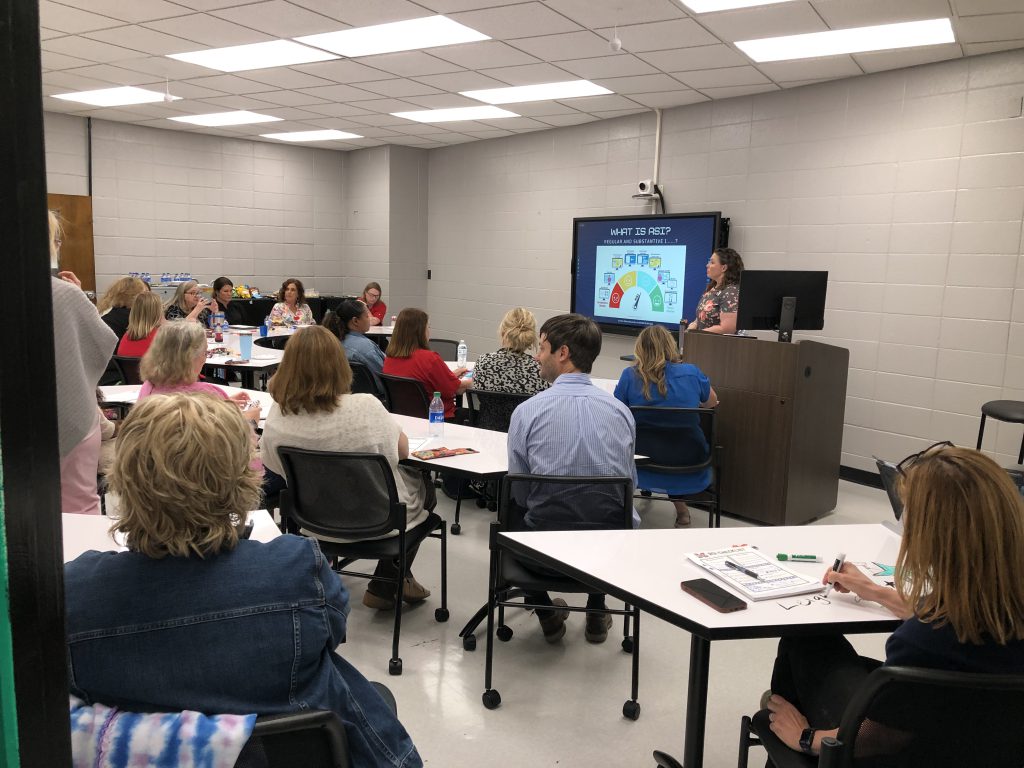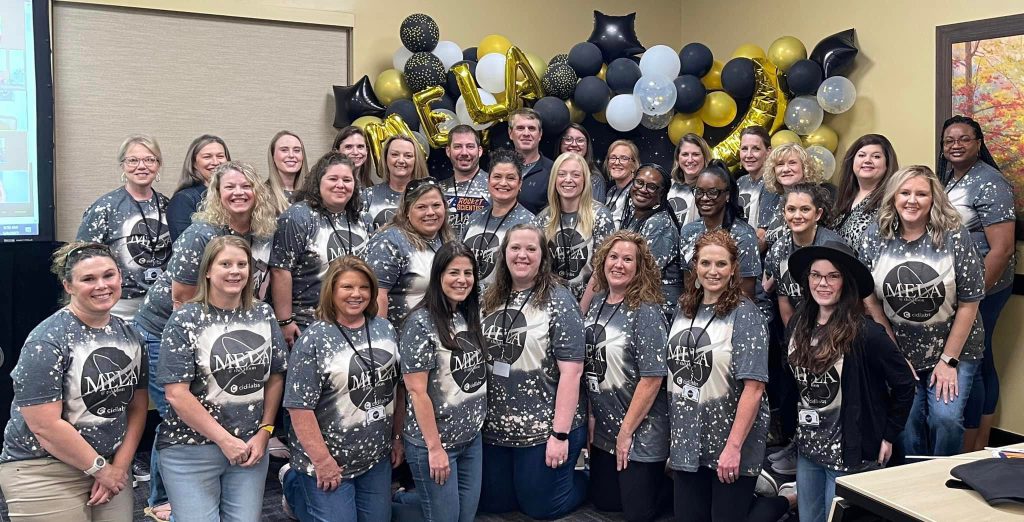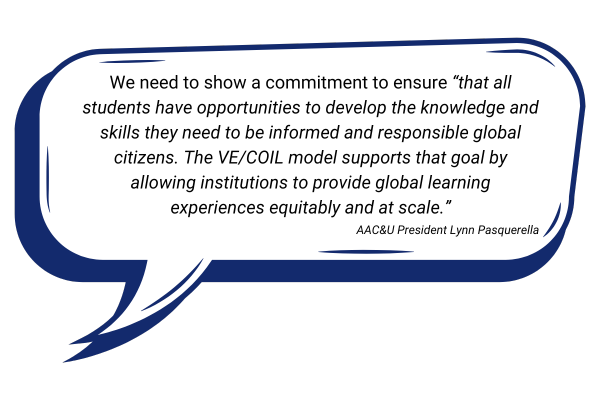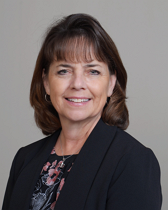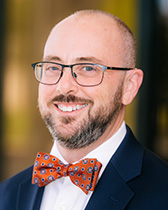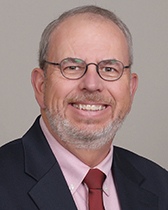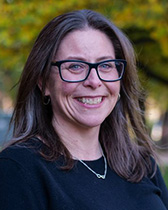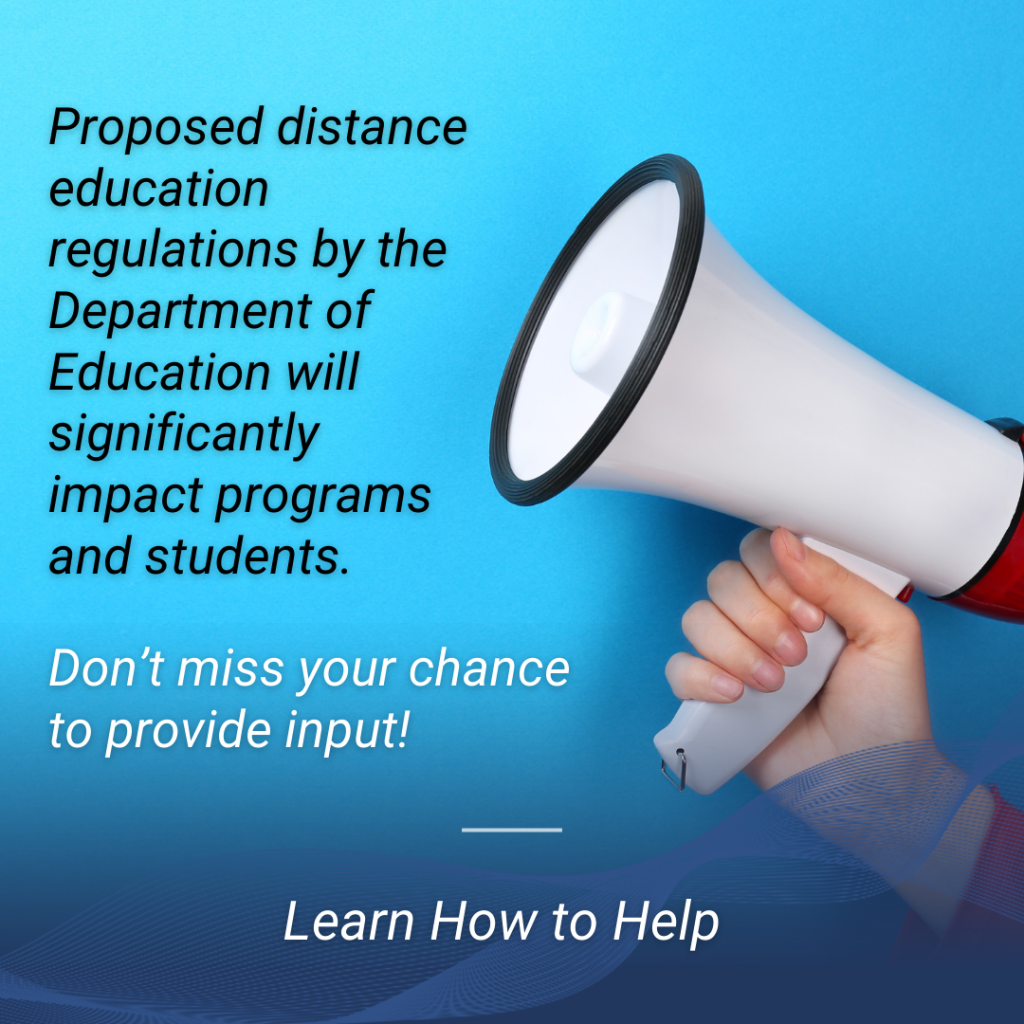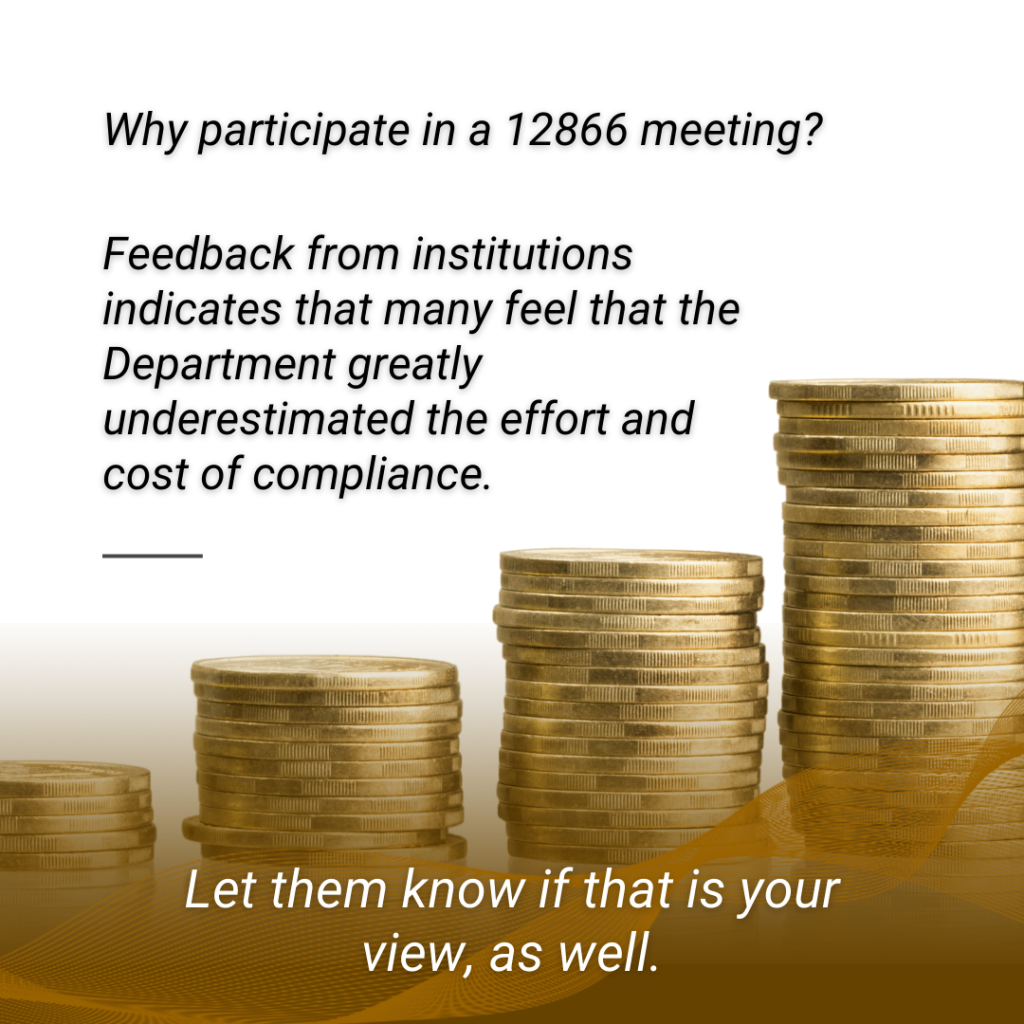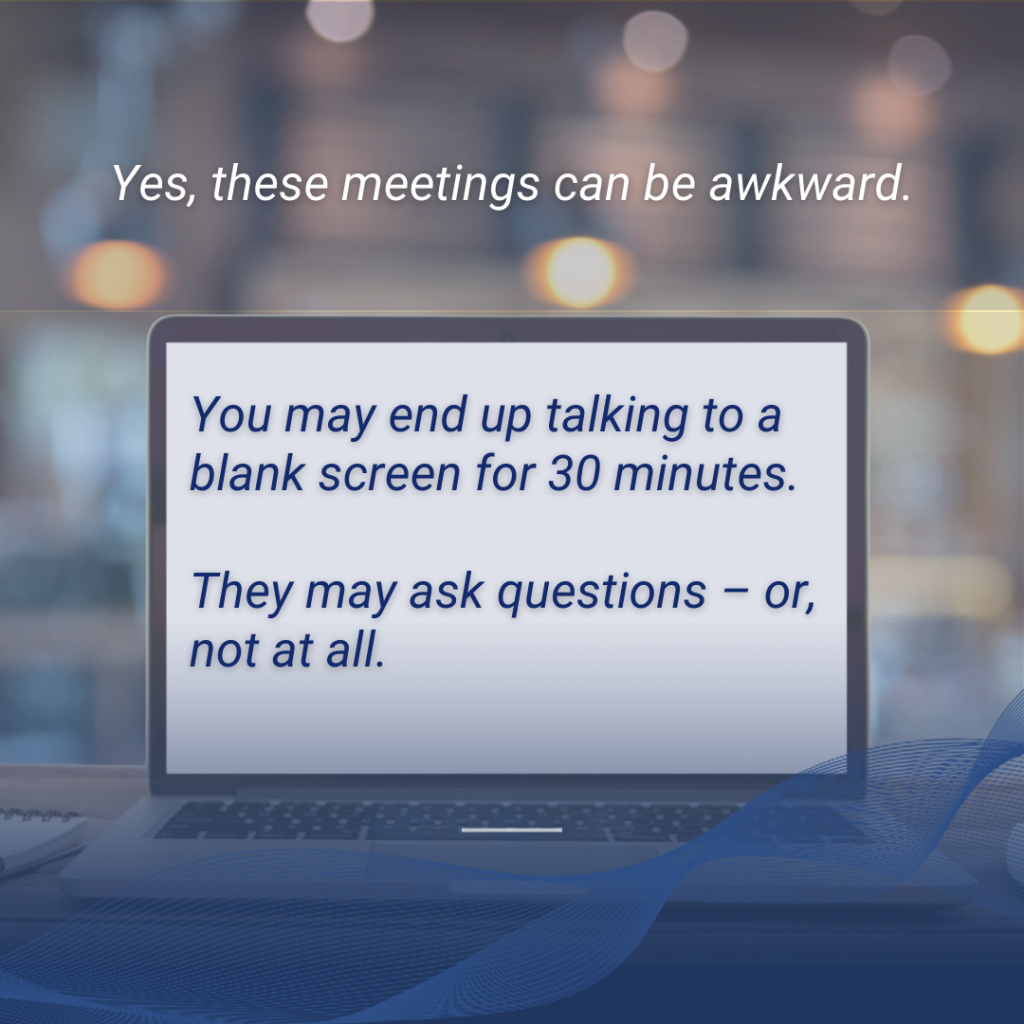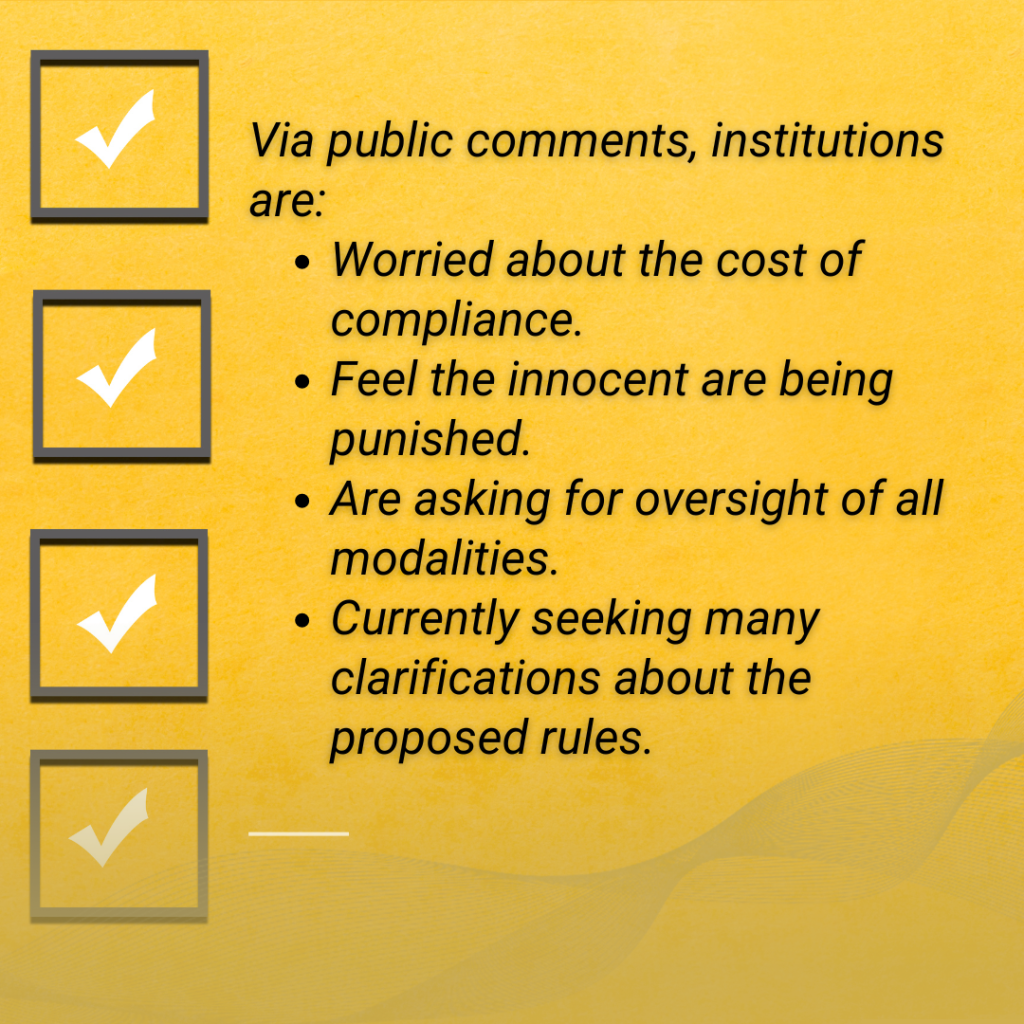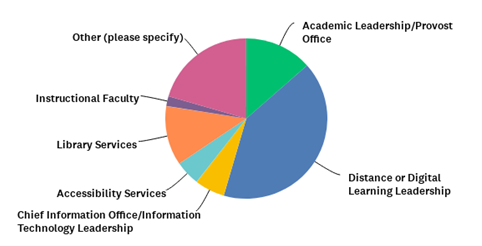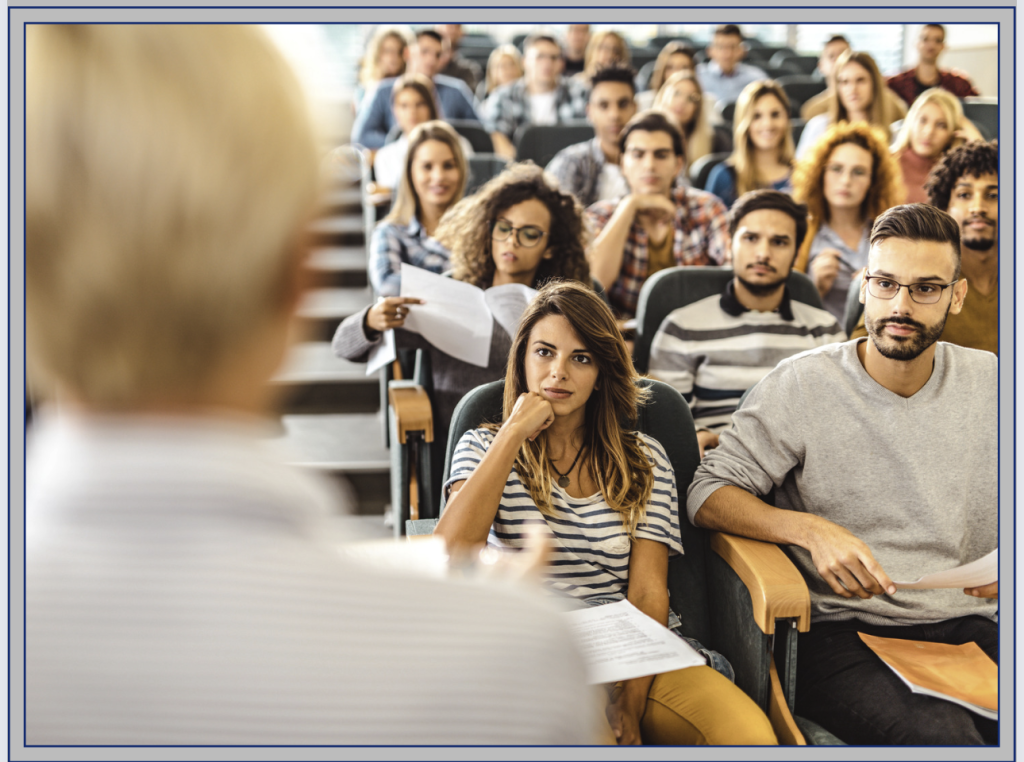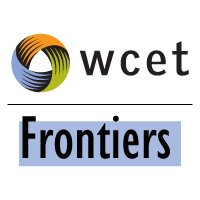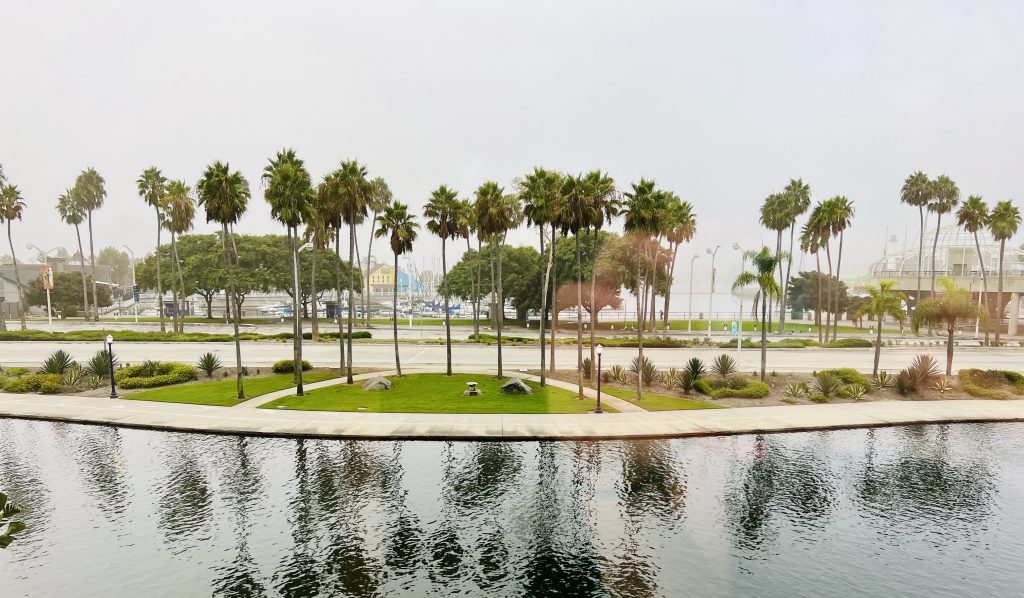
Welcome to Frontiers! It’s getting colder on my side of the country, so I’m fondly thinking of our week in CA earlier this month.
Today, I’m sending you all the sandy, sunshine-filled highlights from WCET’s 36th Annual Meeting! Picture this: Nearly 300 digital learning enthusiasts swapping tales of AI adventures, chatting about accessibility, and finding the best culinary options Long Beach offers! From impromptu beachside brainstorms to deep dives into student success, this year’s event was a fun ride through the latest in higher ed digital learning policy and practice. So, grab your shades and settle in for a postcard-perfect recap of WCET 2024!
The most trending topics presented this year included:
- Generative AI in Higher Education – Discussing ethical use, inclusion, and innovative applications of AI in digital learning.
- Student Success and Digital Equity – Strategies for fostering first-year persistence, student affordability, and support for underrepresented learners. Our fantastic keynote, Marina Aminy, Executive Director of the California Virtual Campus, highlighted students’ lived experiences. Her unique perspective, gathered from her own higher education journey, plus those as a parent to a college student, made the message about the challenges students face and what we can do to support them genuine and practical. I especially appreciated the discussion on transcripts and the vast and unnecessary barrier this is to student success. Thank you, Marina!
- Compliance and Regulation Updates – New DOJ accessibility guidelines, federal policy updates, and implications for online education.
- Digital Transformation – Exploring effective strategies for LMS selection, online quality frameworks, and digital fluency.
Exciting Moments

This year, we shined a well-deserved spotlight on Russ Poulin, our fearless Executive Director, who will retire at the end of the year.
From surprise awards to fun treats and even more memorable photo ops, we cherished the opportunity to celebrate Russ and express our gratitude for his remarkable dedication to the higher education community.
We also honored this year’s WCET Award Recipients at the annual WCET Awards Lunch and Program.
We’re proud to showcase these outstanding individuals, initiatives, and institutions that are driving innovation, advancing student success, and shaping the future of digital learning in higher education.
Learn more about all of our awards and the 2024 recipients on our Awards page.
Voices from the Field
This year’s Annual Meeting attendees joined us from around the country to explore the latest advancements in digital learning, navigate the evolving regulatory landscape, and network with the outstanding WCET community. Here is what some of our attendees had to say about this year’s conference:
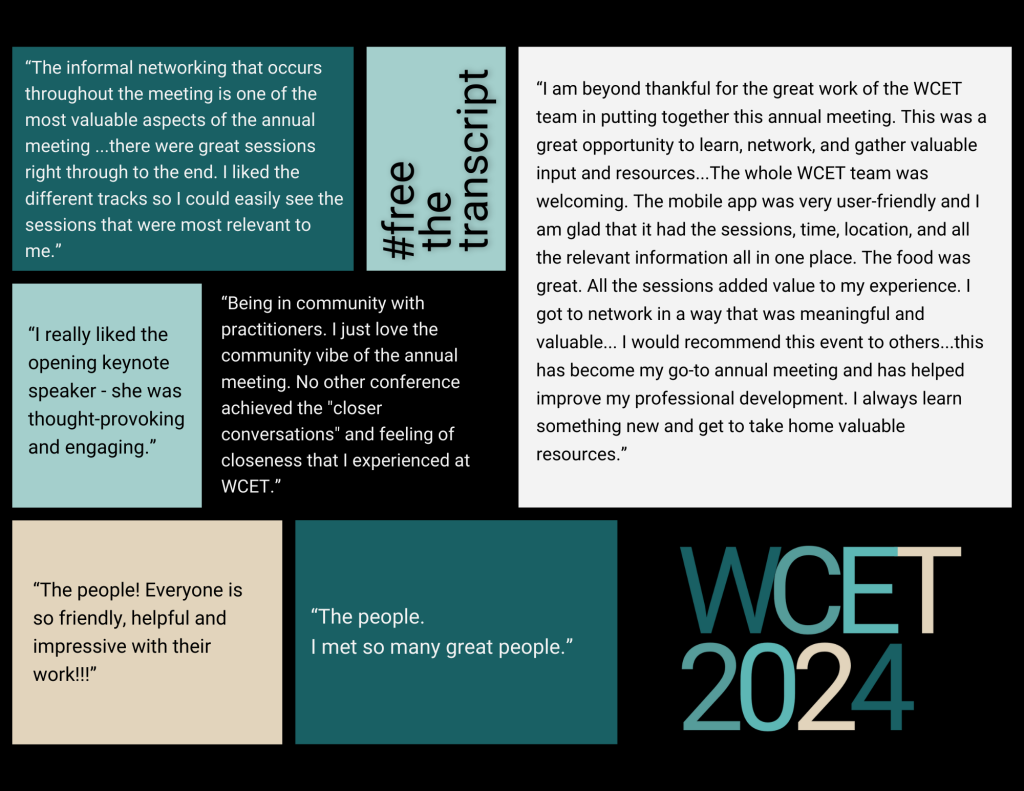
- “The informal networking that occurs throughout the meeting is one of the most valuable aspects of the annual meeting but there were great sessions right through to the end. I liked the different tracks so I could easily see the sessions that were most relevant for me.”
- “I am beyond thankful for the great work of the WCET team in putting together this annual meeting. This was a great opportunity to learn, network, and gather valuable input and resources. The layout of the event was great in terms of sessions, organization, flow, and scheduling. The whole WCET team was welcoming. The mobile app was very user-friendly and I am glad that it had the sessions, time, location, and all the relevant information all in one place. The food was great. All the sessions added value to my experience. I got to network in a way that was meaningful and valuable. I met great people and made connections. I would recommend this event to others. I joined last year and this year was my second time attending. This has become my go-to annual meeting and has helped improve my professional development. I always learn something new and get to take home valuable resources.”
- “I really liked the opening keynote speaker – she was thought-provoking and engaging.”
- “#freethetranscript”
- “The people! Everyone is so friendly, helpful and impressive with their work!!!”
- “The people. I met so many great people.”
- “Being in community with practitioners. I just love the community vibe of the annual meeting. No other conference achieved the “closer conversations” and feeling of closeness that I experienced at WCET.”
We “heard” your suggestions for improvements too! Here are some of the improvements you requested:
- More snacks, coffee, and black tea!
- Tracks for specific levels of expertise and role types.
- Larger rooms for the more popular topics.
- Re-structure the expert library and keep it for next year.
We are already using your feedback to help us plan and prepare for WCET 2025!
Actionable Strategies
While I didn’t get to attend as many breakout sessions as I wanted, I’ve heard many compliments for our speakers this year! Kudos! However, I gathered some ideas that resonated with me as essential steps to consider now that we are all back home.
- Create an AI Ethics Statement aligned with your institution’s mission, vision, and values. The statement should consider transparency, justice, fairness, equity, non-maleficence, responsibility and accountability, privacy, and accessibility.
- #FreetheTranscript!
- Digital learning practices that embrace culturally responsive teaching and prioritize humanizing the student experience can directly influence student success. When we meet students’ needs beyond the classroom, we positively impact their in-class performance. Digital learning empowers faculty to tailor instruction to diverse needs, foster collaborative learning, and provide more accessible student support.
- Updates to Title II of the ADA establish requirements for digital, web, and application accessibility for public entities. These entities must comply with WCAG 2.1 Level AA standards for services, programs, and activities. If you have not already, it’s time to plan for compliance with these requirements.
Continuing the Conversation
At the end of the conference, Russ had us all fill out some WCET postcards with our takeaways from the meeting. WCET will mail those out to those who completed one so you can remind yourself about what you learned and what next steps you will take. As always, we want you to have the necessary resources to take those actionable steps toward student success and digital learning improvement. Here are some of our recommendations:
- WCET Practice Page on Artificial Intelligence (includes links for member-only and open resources).
- Caring for the Whole Student – report from Every Learner Everywhere on how faculty and staff can address student mental health.
- WCET Policy Resources—This page includes all of our policy work, including resources on Regular and Substantive Interaction, State Authorization, Professional Licensure, Digital Accessibility, and more.
- The State Authorization Network (SAN) is a devoted team that supports those navigating state and federal regulatory compliance in higher education.
- WCET Frontiers – my shameless plug to check out other blogs here on Frontiers, plus subscribe to receive notifications of new posts. We’ve got articles from our talented staff, plus guest posts from outstanding practitioners and experts in digital learning and higher education.
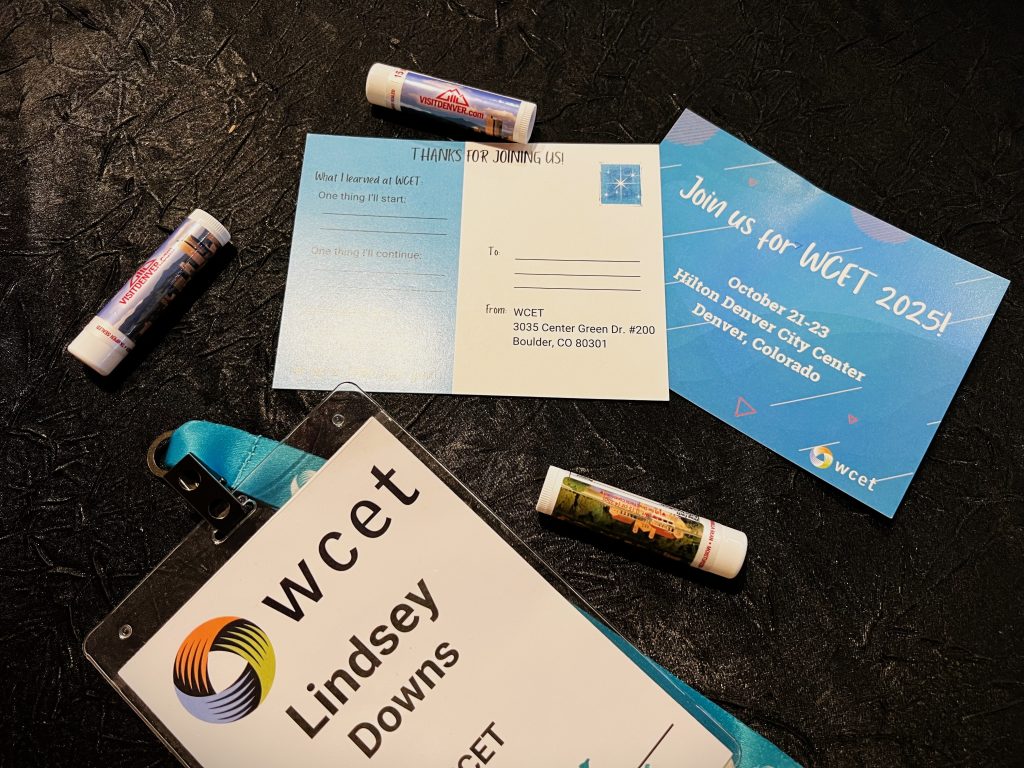
So, what did you write on your postcard? Or what would you have written?
We’re excited to hear from you about the steps you will take to address some of these topics. Share your ideas and questions with us! Comment on this post on WCET’s LinkedIn page, and WCET members can share their thoughts and questions in the DISCUSS community on MIX – the online community platform and email discussion group for WCET and SAN.
Finally, pencil in WCET 2025 now (or, really, just add it to your online calendar)! Next year’s event in Denver, CO, will be held October 21 – 23, 2025, and bookended by the annual SAN Coordinator Meeting and Gathering and the Annual Summit for Women in eLearning (ASWE).
Save the dates and keep a look out for more information coming soon – like the call for proposals, which opens in March.
